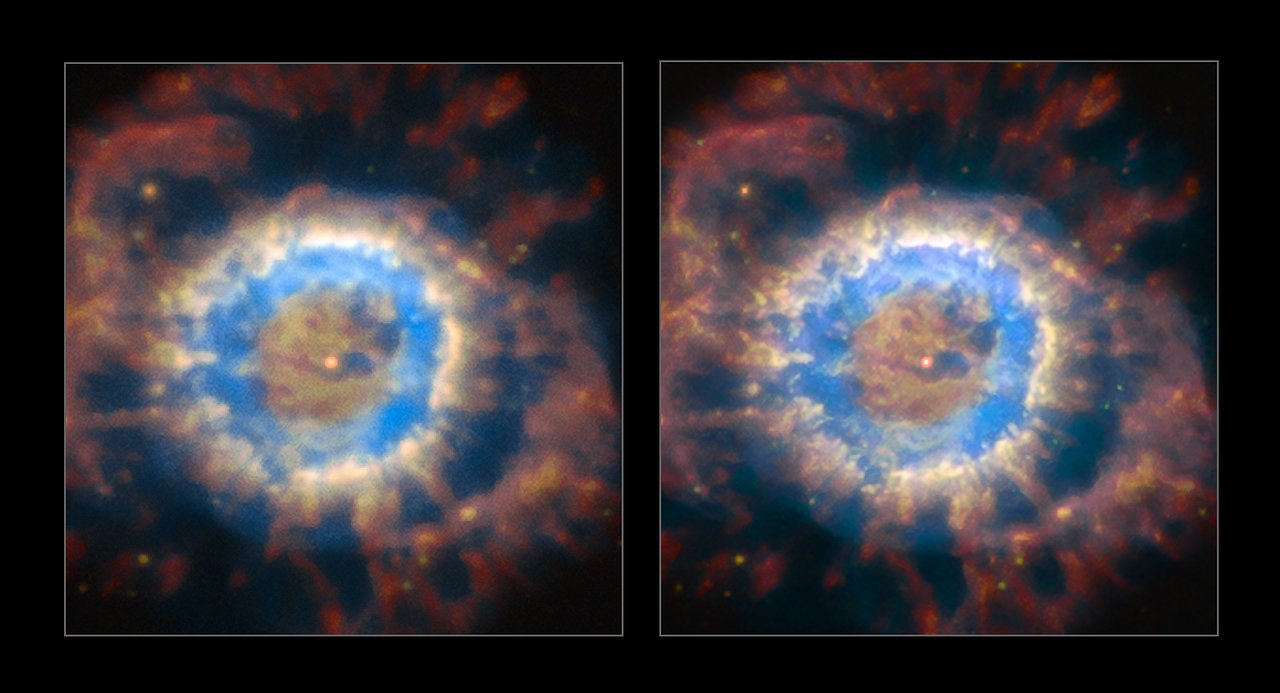The giant telescope VLT in Chile has for the first time provided astronomers with images produced by adaptive optics.

ESO now reveal images from its very large telescope (VLT) in Chile. The images have been taken with adaptive optics.
This enhanced optics technology make telescopes better able to handle the atmosphere’s ability to distort images. Therefore, the new images are also extra sharp.
Adaptive optics improve the performance of optical systems by reducing the effect of wavefront distortions in the atmosphere. It works by measuring the distortions in a wavefront and compensating for them with a device that corrects those errors such as a deformable mirror or a liquid crystal array.
The astronomers announce that the new technology will imply increased sharpness, revealing more details. An increased level of detail that would correspond to what would be achieved if the telescope was lifted another 900 meters into the air with less atmosphere between it and the object of focus.
The AOF system is essentially equivalent to raising the VLT about 900 meters higher in the air, above the most turbulent layer of atmosphere,” explains Robin Arsenault, AOF Project Manager. “In the past, if we wanted sharper images, we would have had to find a better site or use a space telescope — but now with the AOF, we can create much better conditions right where we are, for a fraction of the cost!
Among other things, the researchers have been able to share detailed images of nebulous IC 4406. Pictures that show completely new structures and formations.











![OpenAI. (2025). ChatGPT [Large language model]. https://chatgpt.com](https://www.illustratedcuriosity.com/files/media/55136/b1b0b614-5b72-486c-901d-ff244549d67a-350x260.webp)
![OpenAI. (2025). ChatGPT [Large language model]. https://chatgpt.com](https://www.illustratedcuriosity.com/files/media/55124/79bc18fa-f616-4951-856f-cc724ad5d497-350x260.webp)
![OpenAI. (2025). ChatGPT [Large language model]. https://chatgpt.com](https://www.illustratedcuriosity.com/files/media/55099/2638a982-b4de-4913-8a1c-1479df352bf3-350x260.webp)








